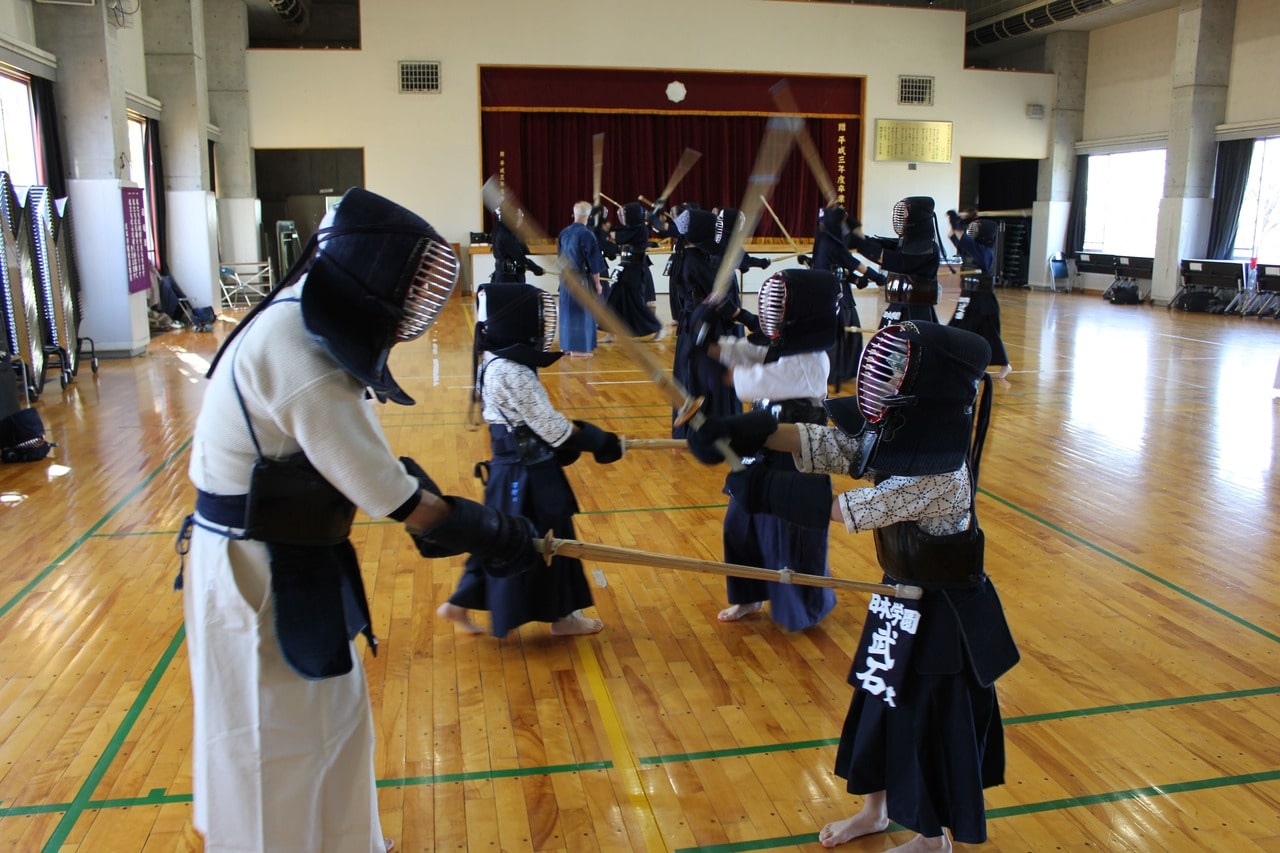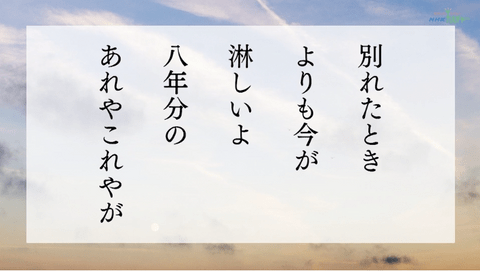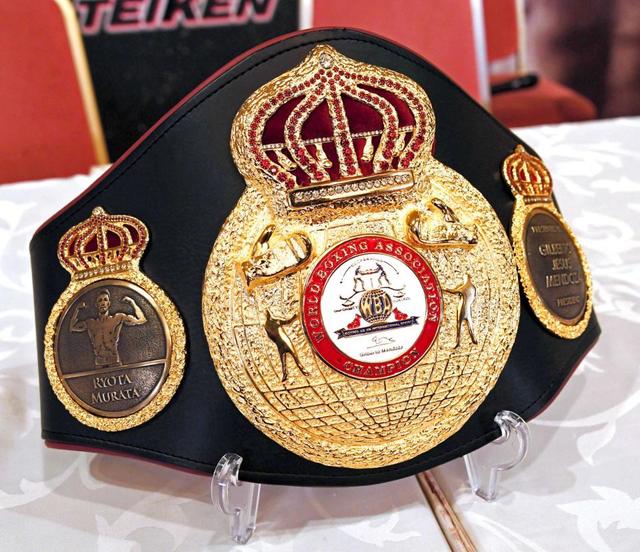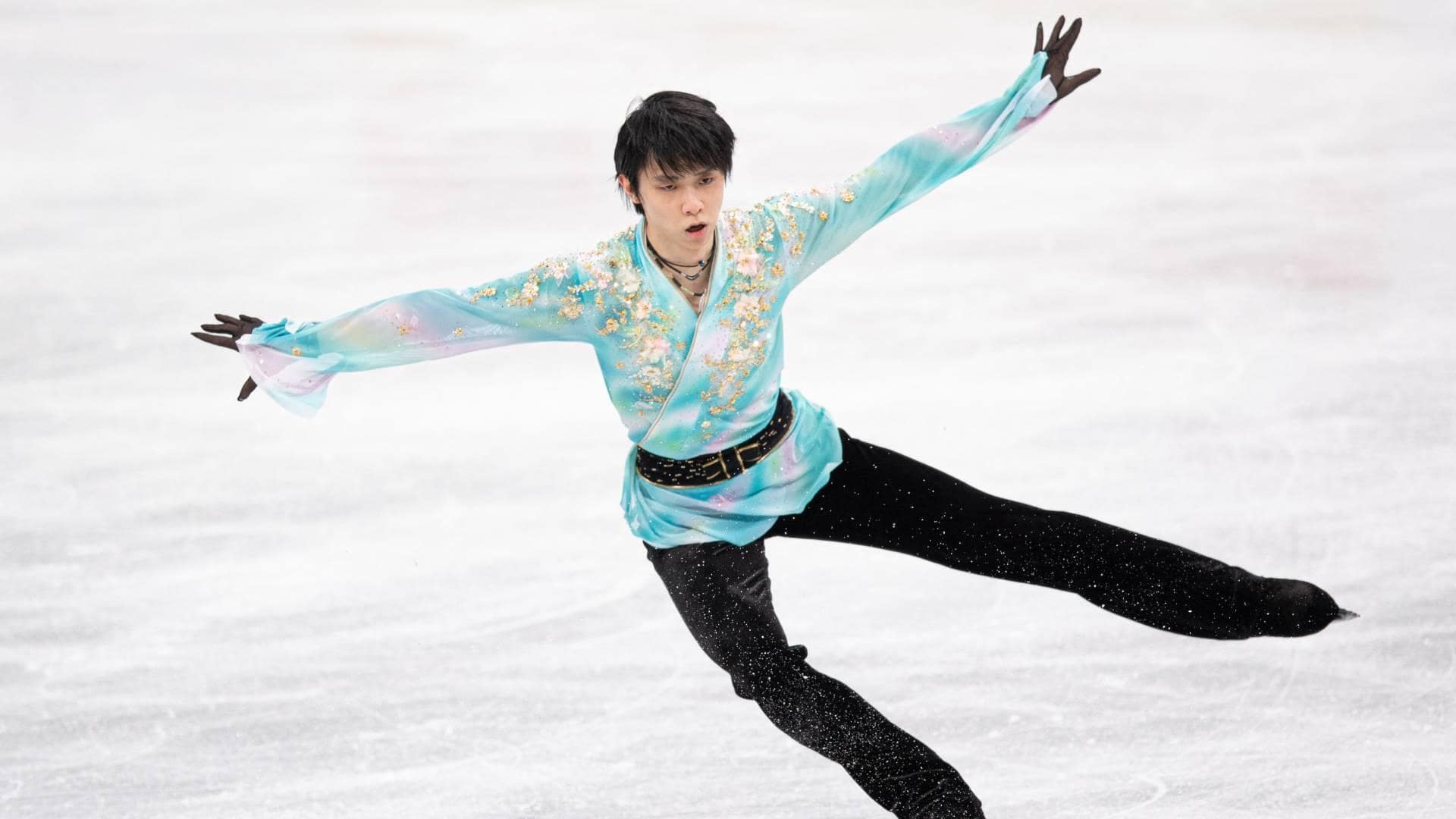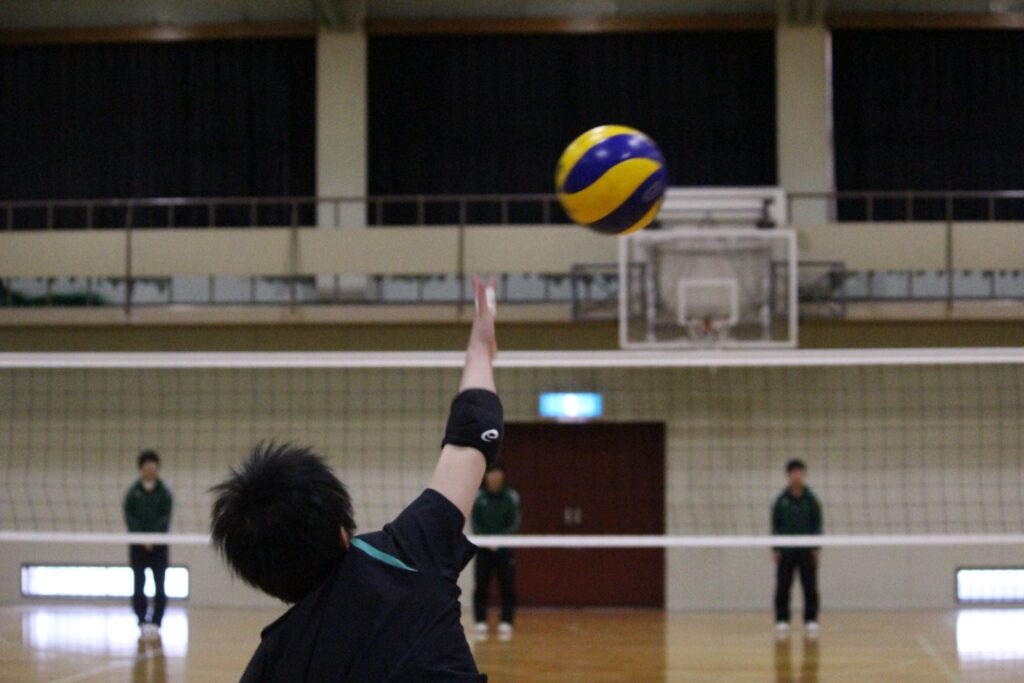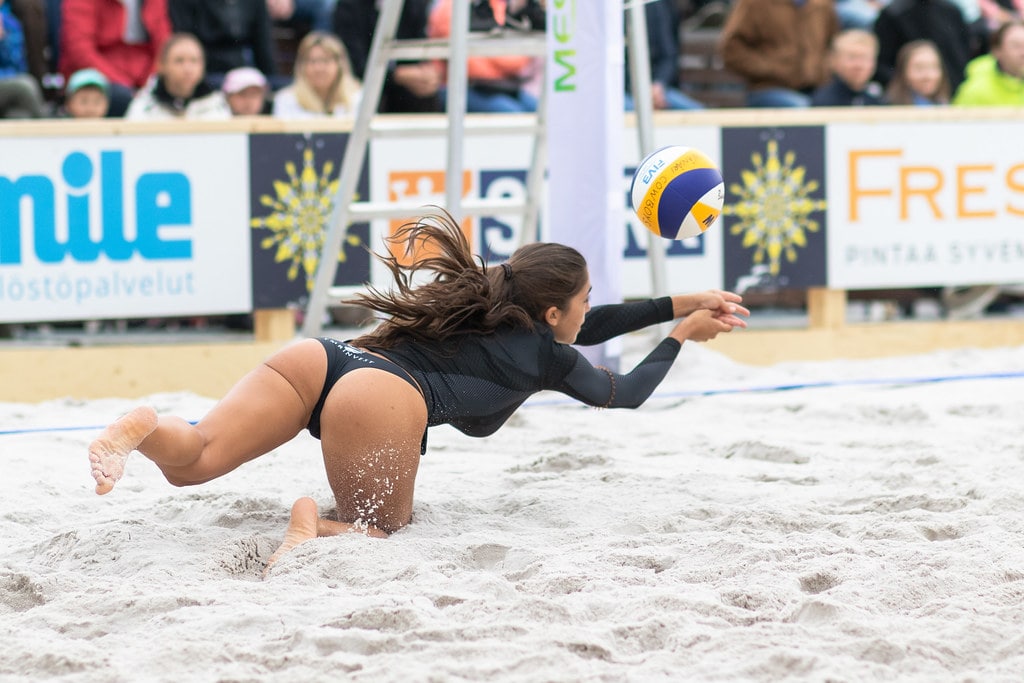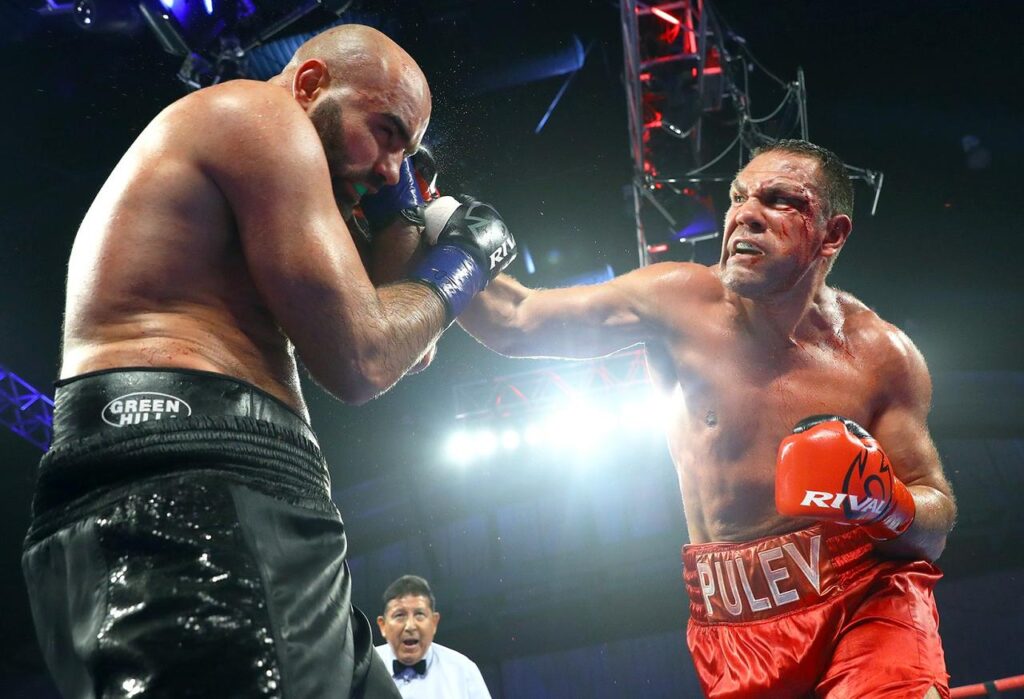
Kendo and Kenjutsu are known all over the world as traditional Japanese martial arts, but surprisingly few people may accurately understand the differences between these two martial arts.
This article provides a detailed explanation of how these martial arts are different and similar, focusing on their origins, techniques, spiritual aspects, and their role and significance in modern society.
We aim to provide a deep understanding of kendo and swordsmanship for readers ranging from beginners to experts in martial arts, by introducing the appeal and learning of each martial art.
Through this comparison, we will explore the unique value of Japanese martial arts and the insights that can be gained through it.
目次
- 1 Introduction: Basic understanding of Kendo and Kenjutsu
- 2 History and development of Kendo
- 3 History of swordsmanship and its characteristics
- 4 Technical differences between Kendo and Kenjutsu
- 5 Comparison of the spiritual aspects of Kendo and Kenjutsu
- 6 The significance and role of Kendo and Kenjutsu in modern society
- 7 Conclusion: What learning kendo and swordsmanship can bring us
Introduction: Basic understanding of Kendo and Kenjutsu
Kendo and swordsmanship are traditional Japanese martial arts, and their history and techniques have a deep cultural background.
This section provides basic definitions of kendo and kenjutsu, clarifying the purpose and overview of the information provided to readers throughout this article.
Definition of Kendo and Kenjutsu
Kendo, as the character “do” indicates, is a martial art that focuses on training in a dojo aimed at spiritual growth.
It is characterized by an interpersonal competition in which people wear protective gear and use bamboo swords, and requires not only skill but also etiquette.
On the other hand, swordsmanship is a martial art that emphasizes practical techniques, and there are many different styles, each with its own unique techniques and philosophy.
Sometimes real swords are used, making the training more similar to actual combat.
Purpose and overview of this article
The purpose of this article is to clarify the differences between kendo and kenjutsu, and to provide a detailed explanation of the unique characteristics and charms of each martial art.
The aim is to compare the two martial arts from a wide range of perspectives, from historical background to technical details to spiritual aspects, and to help readers gain a deeper understanding of these martial arts.
Through this knowledge, we will explore the importance of Japanese martial arts culture and the contribution of each to personal growth.

History and development of Kendo
Kendo is one of the most widely known martial arts in Japan and is practiced by many people.
In this section, we will delve into the origins of Kendo, its development, and its place and role in modern society.
Origin of Kendo
The origins of Kendo can be traced back to the samurai culture of ancient Japan. Early swordsmanship developed as a practical technique, which later became formalized as training in dojos.
Many schools of swordsmanship were established during the Edo period, which formed the technical basis of modern kendo.
In the Meiji period, Kendo shifted to emphasize more educational aspects, and began to be taught in schools across Japan, transforming it into a martial art that aimed at both spiritual and physical training.
The position and role of Kendo in modern times
Modern Kendo has been recognized as more than just a martial art, but also as a cultural activity.
It is expected to serve as a place of education, helping to develop character by teaching civility and respect.
Kendo has also become popular as an international sport, with tournaments being held all over the world.
This type of international exchange is playing a new role in promoting cross-cultural understanding through Kendo.
Kendo is also chosen by many people as a means of maintaining health and relieving stress, and its athletic aspect is also attracting attention.
Although Kendo has undergone many changes throughout its long history, its educational and cultural value is still highly regarded in modern society.
This is because it is not just a sport that competes in skill, but also has a philosophical depth that encourages growth as a person.

History of swordsmanship and its characteristics
Kenjutsu, a martial art developed by Japanese samurai, has a different historical background and characteristics from Kendo.
In this section, we will take a closer look at how swordsmanship developed as an ancient martial art and how the various schools came into being.
Overview of swordsmanship as an ancient martial art
Kenjutsu is a martial art that was developed to teach people how to use swords in actual combat.
Kenjutsu, an ancient martial art, was strongly characterized as a specific combat technique, and sometimes involved the use of real swords.
It was often trained in realistic combat situations, which made swordsmanship a very practical and effective technique.
This practical training was an important skill that had a direct connection to life and death for the samurai, and was practiced every day as part of their daily lives.
Diversity of various schools and their techniques
Swordsmanship was spread throughout Japan by different samurai groups, and various schools of swordsmanship were born with different techniques and philosophies depending on the region.
Each of these schools has its own unique tactics, forms, and techniques, and specializes in specific fighting styles and weapon use.
For example, there are Itto-ryu, schools, schools that emphasize fighting while wearing armor, and schools that emphasize quick movement without armor.
As a result, swordsmanship has become more than just a martial art, and has deep technical and cultural diversity.
Each school of swordsmanship has different teachings, and each school’s unique techniques and philosophy demonstrate the richness of Japan’s martial arts culture.
Kenjutsu is respected by many martial arts enthusiasts for its technical subdivision and direct applicability to actual combat.

Technical differences between Kendo and Kenjutsu
Kendo and Kenjutsu are both Japanese martial arts that use swords, but there are notable differences in their techniques, equipment, and training methods.
Here, we will explain the specific technical differences between each martial art, focusing on differences in equipment and tools, training methods, and application of actual combat techniques.
Difference between equipment and tools
Kendo primarily uses a bamboo sword called a shinai (shinai), and wears specific protective equipment such as a mask, body, kote, and tare.
These protective gear protect players during practice and allow them to practice their skills more safely.
On the other hand, in swordsmanship, actual swords and wooden swords are often used, and especially in the old schools, armor is sometimes not worn.
Kenjutsu training focuses on understanding the weight and feel of a real sword, so it is conducted based on more realistic combat scenarios.
Application of practice methods and practical techniques
Kendo training begins with basic striking and thrusting practice, and then refines practical techniques through kata and interpersonal competitions (practice matches).
In kendo, the parts that can be struck are limited, and precision of technique and control of force are important.
Such training has a strong competitive aspect and includes elements that promote civility and spiritual growth.
In contrast, Kenjutsu training methods are diverse, with many different forms and training that closely resembles actual combat, depending on the school.
Kenjutsu is intended to be applied as an actual combat technique, and includes techniques for killing the opponent with a single blow, as well as a wider range of attack and defense techniques.
These differences between Kendo and Kenjutsu clearly demonstrate the purpose and range of applications each martial art has.
Kenjutsu focuses on practical skills and direct application, while Kendo has a more competitive and educational aspect.
Understanding these differences will help you better understand the deep appeal of each martial art and the benefits that training in it can bring.

Comparison of the spiritual aspects of Kendo and Kenjutsu
Kendo and Kenjutsu each have their own unique teachings and philosophies, and the purposes of spiritual training through these martial arts also differ.
This section compares the spiritual aspects of kendo and kenjutsu and explores how each martial art promotes spiritual growth.
Teachings and philosophy of each martial art
The philosophy of Kendo can be summed up in the teaching that “Kendo is the way of the sword.”
The purpose of this is not only to learn sword techniques, but also to improve oneself and cultivate true humanity.
Kendo emphasizes moral values such as courtesy, respect, and humility, and encourages the acquisition of these spiritual values through practice.
On the other hand, the philosophy of swordsmanship has a strong focus on the acquisition of practical combat techniques, but in addition, it also places emphasis on transcending one’s own limits and developing inner strength. I’m leaving it there.
Each school has different teachings, but in general, swordsmanship aims to develop mental resolve and decisiveness in actual combat.
spiritual training and its purpose
Kendo’s spiritual training is aimed at achieving self-control and peace of mind.
Kendo training requires you to remain calm and make the right decisions amidst the tension between you and your opponent.
This will improve your emotional control and stress management skills in your daily life.
In swordsmanship, honing one’s sword skills is itself a form of mental training, and the purpose is to improve one’s calm judgment in actual combat and one’s psychological resilience in difficult situations.
Kenjutsu training is often rigorous and focuses on developing the ability to understand and control the movements of the mind in extreme conditions.
Although the spiritual training of Kendo and Kengai may appear similar on the surface, there are notable differences in their purpose and approach.
While kendo emphasizes inner growth and the acquisition of moral values, kenjutsu focuses on developing mental strength and decisiveness in actual combat.
It can be said that the mental strength gained through training in both martial arts is extremely valuable in real life.

The significance and role of Kendo and Kenjutsu in modern society
As important elements of Japanese culture and tradition, Kendo and Kenjutsu each have great significance and roles in modern society.
This section explores how these martial arts are valued from the perspective of cultural preservation and their value to modern people.
Role as cultural preservation
Kendo and swordsmanship are important means of conveying Japan’s ancient samurai culture to modern times.
Through these martial arts, ancient tactics, spirituality, and etiquette are learned, understood, and passed on.
In the case of Kendo, it was introduced as part of education during the Meiji period and spread throughout Japan, greatly contributing to its preservation as a culture.
In swordsmanship, a rich historical heritage is preserved as the various schools continue to maintain their own unique techniques and doctrines.
These martial arts have come to be practiced not only in Japan but all over the world, and their value is recognized as part of international cultural exchange.
The value of martial arts for modern people
In life in modern society, Kendo and Kenjutsu offer much value beyond mere physical education activities.
Through these martial arts, modern people learn stress management, improved concentration, and self-discipline.
Kendo and swordsmanship can also serve as a spiritual refuge, where you can get away from the busyness of everyday life and have time to face yourself.
Additionally, these martial arts are an effective way to maintain physical fitness and promote a healthy and active lifestyle.
By learning Kendo and Kenjutsu, you will develop social skills such as politeness, respect for others, and the importance of teamwork, which will have a positive impact on interpersonal relationships at work and in daily life.
Kendo and swordsmanship play a very important role in modern society, and the unique value of each is supported by many people.
Its importance will continue to increase in the future, not only for cultural inheritance, but also as an effective means of contributing to the growth of individuals and the enrichment of society as a whole.

Conclusion: What learning kendo and swordsmanship can bring us
More than just a martial art, Kendo and Kenjutsu offer people tremendous lessons and rich experiences.
In this conclusion section, we explore the lessons we can learn from both martial arts and how we can apply them to our daily lives and personal growth.
Lessons learned from both martial arts
Kendo and Kenjutsu not only help you acquire technical skills, but also promote inner growth and spirituality.
These martial arts teach the importance of patience, determination, and concentration, and develop the courage to face challenges and the ability to find solutions.
Kendo and Kenjutsu also emphasize the importance of courtesy and respect, and teach students to value dignity and harmony in their interactions with others.
These lessons are extremely valuable not only in personal life, but also in professional settings and social interactions.
How to make use of what you learned from kendo and swordsmanship
The lessons learned from Kendo and Kenjutsu can be applied in many ways.
For example, the self-control and calmness developed in these martial arts can be helpful in stressful situations or high-pressure work environments.
Additionally, the knowledge of how to use the body gained through Kendo and Kenjutsu training contributes to physical health and efficient movement in daily life.
Socially, the cooperation and leadership skills learned through Kendo and Kenjutsu will lead to success in situations that require teamwork.
Furthermore, the mental peace and concentration gained through these martial arts can also enhance the quality of personal hobbies and creative endeavors.
Kendo and swordsmanship training can be tools that help people maximize their potential and lead more fulfilling lives.
Kendo and Kenjutsu are great examples of how traditional techniques and teachings from the distant past can be used today.
By applying the lessons learned from these martial arts, we can live a more balanced and fulfilling life in our daily lives.


